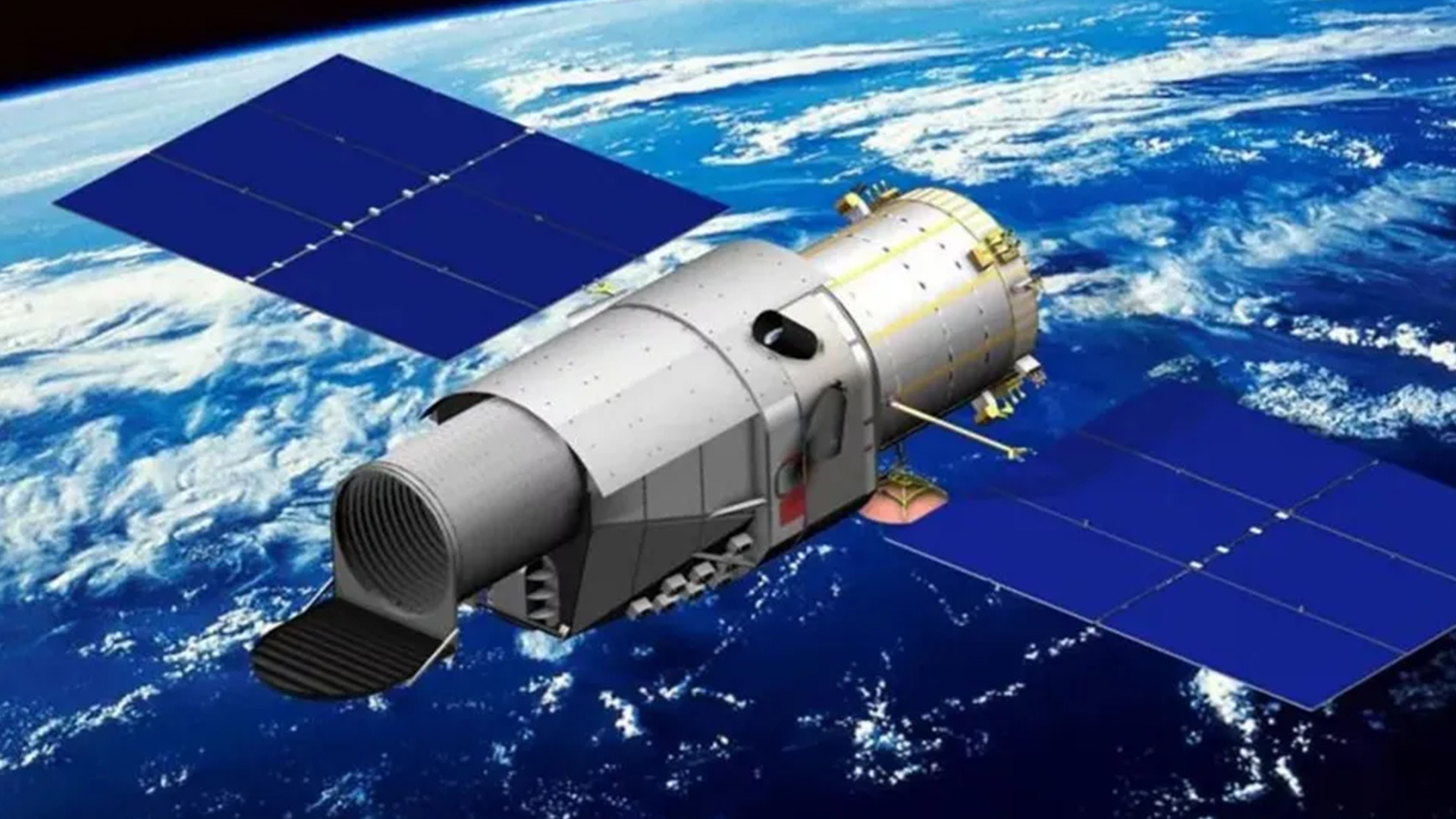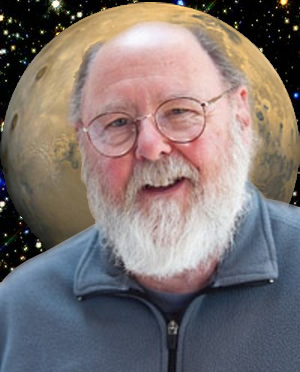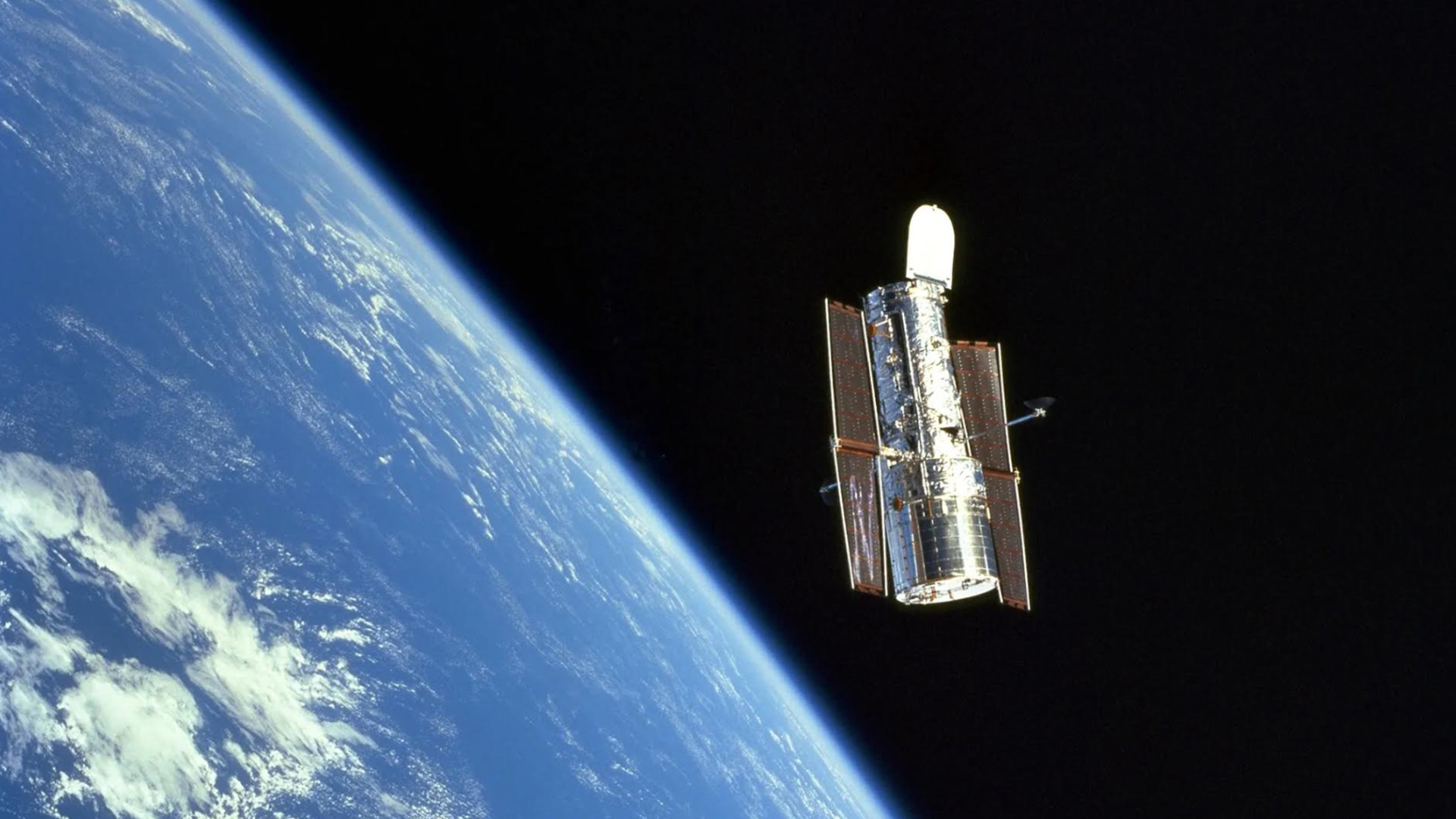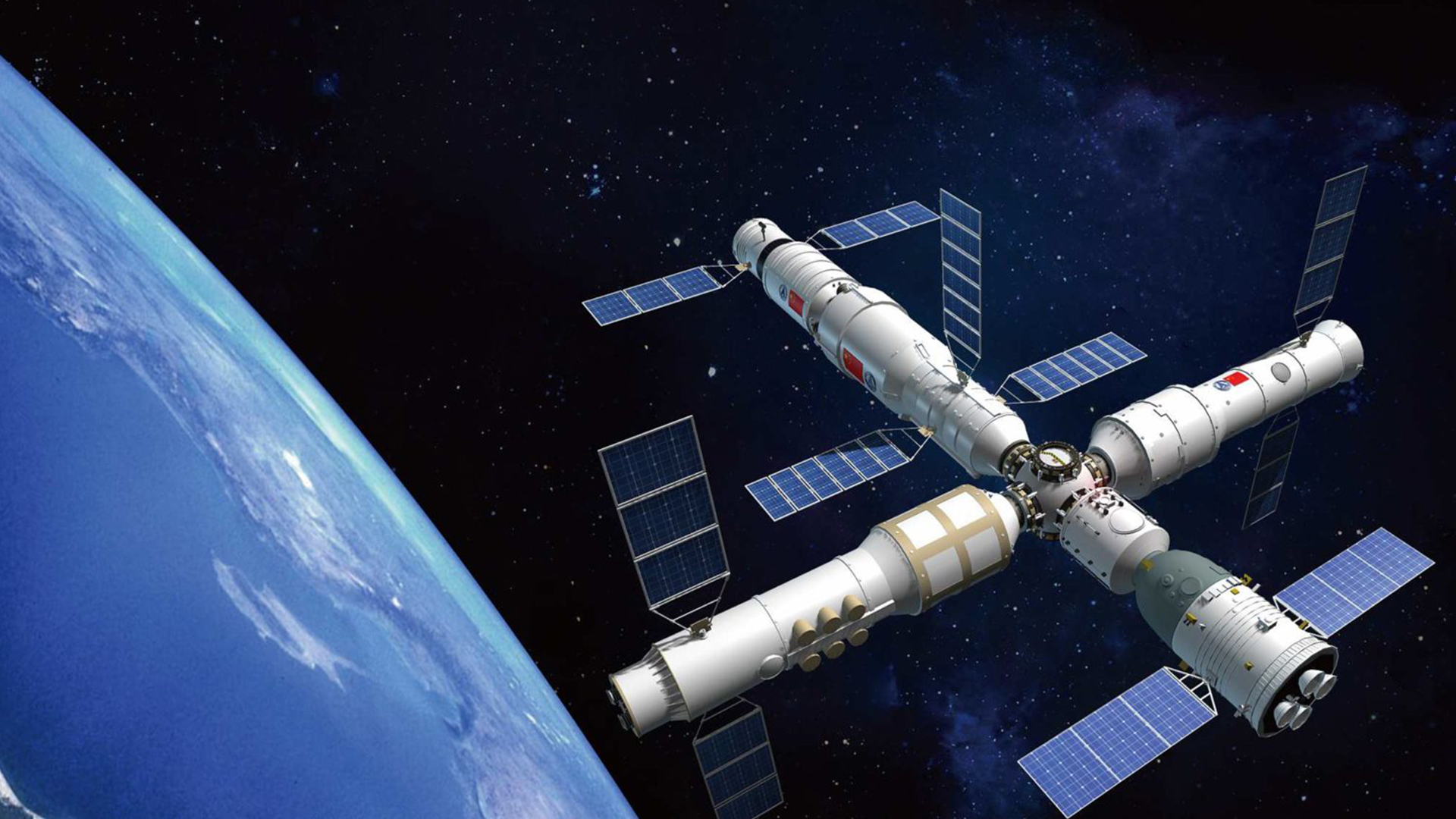New Chinese space telescope will 'outdo Hubble', researchers claim
China's Xuntian space telescope is scheduled to launch in 2024 and was designed to outdo NASA's Hubble.

China is readying a major project that not only augments the nation's astronomical research agenda but bolsters the use of the country's space station complex.
And there are bragging rights associated with China's star-studded venture.
The spacecraft is called Xuntian, known as the Chinese Survey Space Telescope or the Chinese Space Station Telescope (CSST). The name "Xuntian" can be literally translated as "surveying the sky" or "survey of the heavens."
Scheduled for launch next year, the bus-sized CSST houses a two-meter (6.6 foot) diameter primary mirror. This ultraviolet-optical space telescope is to co-orbit with the country's Tiangong space station. It has a nominal mission lifetime of 10 years, but the observatory's space duties could be extended.
Xuntian is designed to outdo NASA's Hubble Space Telescope. This large orbiting facility is to orbit near China's space station where it can be overhauled from time to time by Chinese spacewalkers.
Lin Xiqiang, deputy director of the China Manned Space Agency, has stated that the Xuntian in-orbit observatory is expected to make breakthroughs in cosmology, dark matter and dark energy, the Milky Way galaxy and other neighboring galaxies, star formation and evolution and exoplanets.
That's a tall order.
Get the world’s most fascinating discoveries delivered straight to your inbox.
Lin said that the high-resolution telescope will take deep-field survey observations with an area of 17,500 square degrees, as well as make fine observations of different types of celestial bodies. Xuntian is endowed with a 2.5 billion pixel camera.
Field of View
Expected to be hurled into Earth orbit next year atop a Long March 5B rocket, Xuntian can obtain high-definition panoramic views of the universe having roughly the same spatial resolution as the Hubble Space Telescope. However, China's orbiting eye has a field of view more than 300 times larger than Hubble. The field of view is the area of the heavens a telescope can see at one time.
In an interview last year with China's state-run Xinhua news agency, Li Ran, project scientist of the CSST Scientific Data Reduction System, used the analogy of imaging a flock of sheep to point out CSST's capabilities.
"Hubble may see a sheep but the CSST sees thousands, all at the same resolution," Li said.
Moreover, this super-scope will stay in the same orbit as the space station for long-term independent flight and observations. It is designed to temporally dock with the space station for hands-on supply, maintenance and upgrading by Tiangong astronauts, Lin said.
High tech
In an interview with China Central Television (CCTV), Zhou Jianping, chief designer of the China manned space program, also heralded Xuntian's planned capabilities and contributions.
"The Xuntian telescope has been the most important scientific project since the launch of our country's space station program. It is a scientific facility that Chinese astronomical community has eagerly anticipated, and a scientific facility representing the state-level high tech in astronomy," Zhou said.
The telescope is also the most advanced in terms of its ability to produce images in the ultraviolet spectrum among all the ongoing telescope research projects in the world, added Zhou. "It's expected to greatly boost the development of astronomy, advance our country's astronomy research to an international leading level and help Chinese astronomers become a leading force in this field."
First generation
According to Li Chengyuan of the School of Physics and Astronomy at China's Sun Yat-sen University, the China Space Station Telescope and NASA's Hubble Space Telescope are sensitive to a similar wavelength interval.
But Xuntian covers a field of view which is about 5 to 8 times wider than that of Hubble, Li emphasized last year in the journal Research in Astronomy and Astrophysics.
The "first-generation" Xuntian space telescope consists of five observation instruments, including the Xuntian module, the terahertz module, the multichannel imager, the integral field spectrograph and the extrasolar planetary imaging coronagraph.
The Xuntian module, a camera with a wide field of view, will take up major observation time.
Test and assembly
During its normal observations, the space telescope will fly independently in the same orbit as China's space station, but at a faraway distance.
"We are still developing the prototype sample. Currently, we've completed the development of all subsystems, components, and units, and we are preparing for the test after they are assembled," said Xu Shuyan, chief designer of the Xuntian optical facility and researcher from the National Astronomical Observatories of the Chinese Academy of Sciences.
"After this, we will start the development of the telescope sample, and start the research of the flying parts. Then we will conduct the joint test with the Xuntian platform and the test at the launch base, before it is launched," Xu told CCTV.
World-class center
In the big picture world of expanding the frontiers of space astronomy you need to look no further than the achievements of the Space Telescope Science Institute (STScI) in Baltimore, Maryland. STScI is a multi-mission science operations center for NASA's flagship observatories and a world-class astronomical research center.
STScI is home-base for wow-making science programs utilizing the James Webb Space Telescope, the Hubble Space Telescope and will be the science operations center for the Nancy Grace Roman Space Telescope launching in the mid-2020s.
The institute is located on the campus of Johns Hopkins University in Baltimore, Maryland, and is operated by the Association of Universities for Research in Astronomy for NASA.
Open questions
While Chinese space agency leaders are already boasting about the capabilities of Xuntian, some researchers have their doubts.
"For facilities open to the international scientific community, such as Hubble or Webb, we provide significant documentation and software so that researchers can plan outstanding science programs," said Tom Brown, an astronomer and head of the Hubble Mission Office at STScI.
"In contrast, not a lot is publicly known about the specific capabilities of the China Space Station Telescope, so it is difficult to judge how it will enable similar investigations," Brown told Space.com.
From the little that is known, Brown said it seems like China's Space Station Telescope will have a larger field of view than Hubble, but a smaller mirror, with less collecting area and spatial resolution.
The spectral resolution appears to be significantly lower than that available on Hubble, and CSST does not extend into the far-ultraviolet, that is, below 200 nanometers.
"There are a lot of open questions at this point," said Brown, including if the space-based telescope can be successfully launched, if it can be maintained in a space station environment, how observing time will be peer reviewed and awarded and how the data will be calibrated.
"Hubble continues to lead the field in all the ways one measures the worth of a world-class research facility, pursuing ground-breaking projects in all areas of astrophysics," Brown said. "I am curious to see how the China Space Station Telescope story unfolds."
Originally posted on Space.com.

Leonard David is an award-winning space journalist who has been reporting on space activities for more than 50 years.






